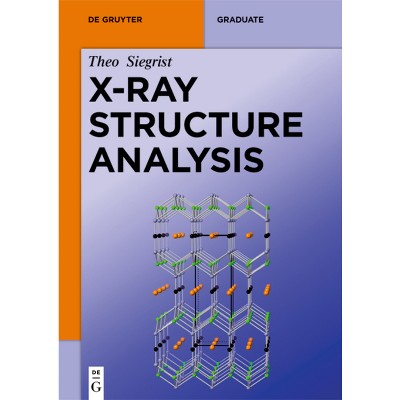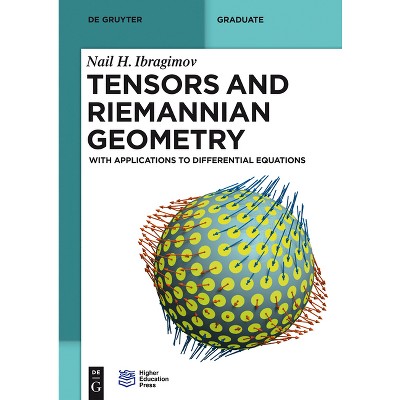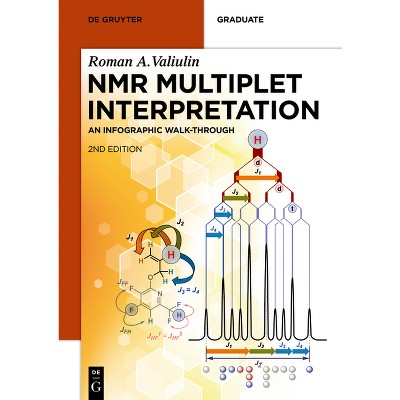Sponsored

Structure Theorems of Unit Groups - (De Gruyter Textbook) by Eric Jespers & Ángel del Río (Paperback)
In Stock
Sponsored
About this item
Highlights
- This two-volume graduate textbook gives a comprehensive, state-of-the-art account of describing large subgroups of the unit group of the integral group ring of a finite group and, more generally, of the unit group of an order in a finite dimensional semisimple rational algebra.
- Author(s): Eric Jespers & Ángel del Río
- 227 Pages
- Mathematics, Group Theory
- Series Name: de Gruyter Textbook
Description
About the Book
This two-volume graduate textbook gives a comprehensive, state-of-the-art account of describing large subgroups of the unit group of the integral group ring of a finite group and, more generally, of the unit group of an order in a finite dimensionalBook Synopsis
This two-volume graduate textbook gives a comprehensive, state-of-the-art account of describing large subgroups of the unit group of the integral group ring of a finite group and, more generally, of the unit group of an order in a finite dimensional semisimple rational algebra. Since the book is addressed to graduate students as well as young researchers, all required background on these diverse areas, both old and new, is included. Supporting problems illustrate the results and complete some of the proofs. Volume 1 contains all the details on describing generic constructions of units and the subgroup they generate. Volume 2 mainly is about structure theorems and geometric methods. Without being encyclopaedic, all main results and techniques used to achieve these results are included. Basic courses in group theory, ring theory and field theory are assumed as background.From the Back Cover
This two-volume graduate textbook gives a comprehensive, state-of-the-art account of describing large subgroups of the unit group of the integral group ring of a finite group and, more generally, of the unit group of an order in a finite dimensional semisimple rational algebra. Since the book is addressed to graduate students as well as young researchers, all required background on these diverse areas, both old and new, is included. Supporting problems illustrate the results and complete some of the proofs.
Volume 1 contains all the details on describing generic constructions of units and the subgroup they generate. Volume 2 mainly is about structure theorems and geometric methods. Without being encyclopaedic, all main results and techniques used to achieve these results are included.
Basic courses in group theory, ring theory and field theory are assumed as background.











